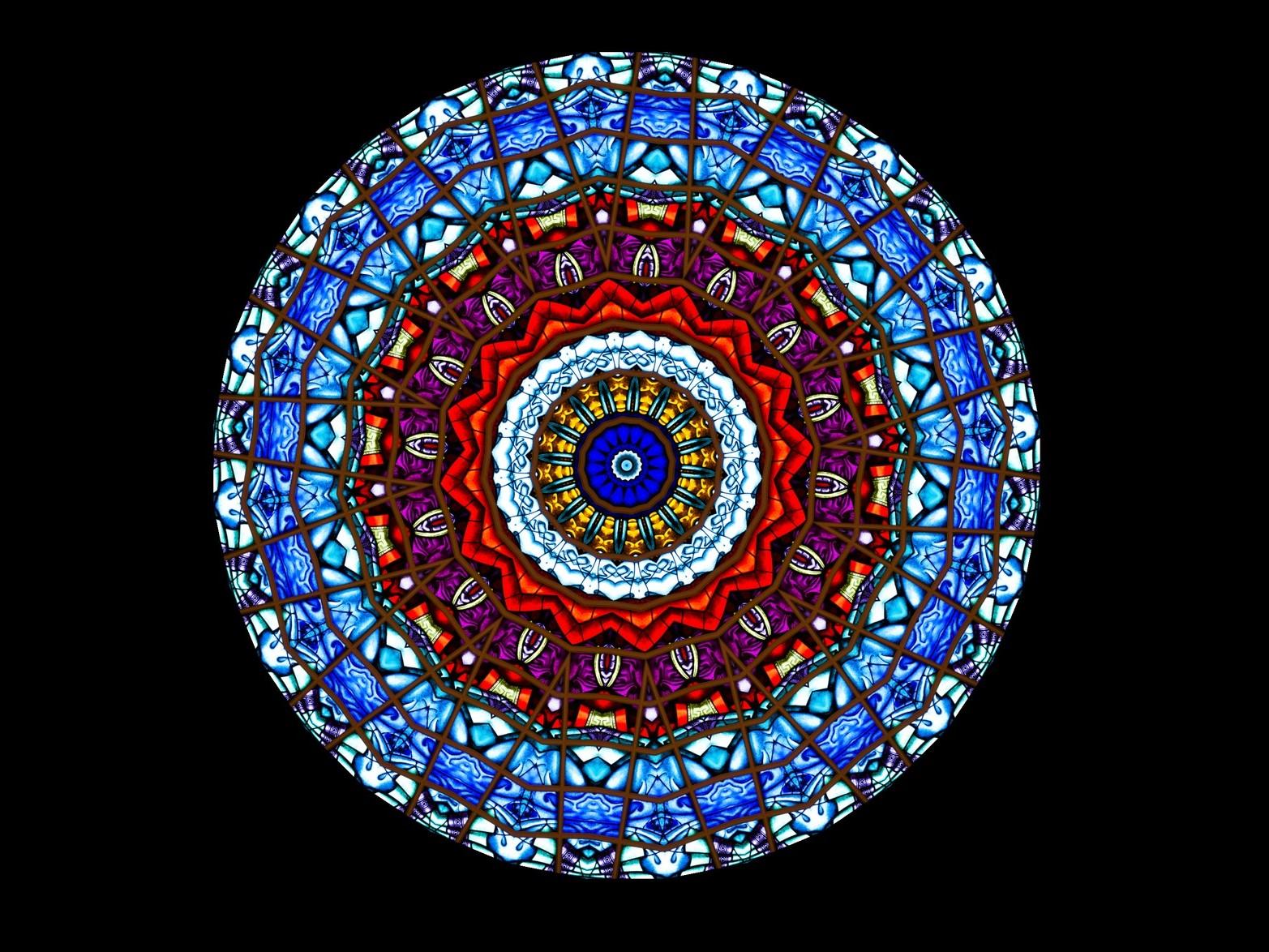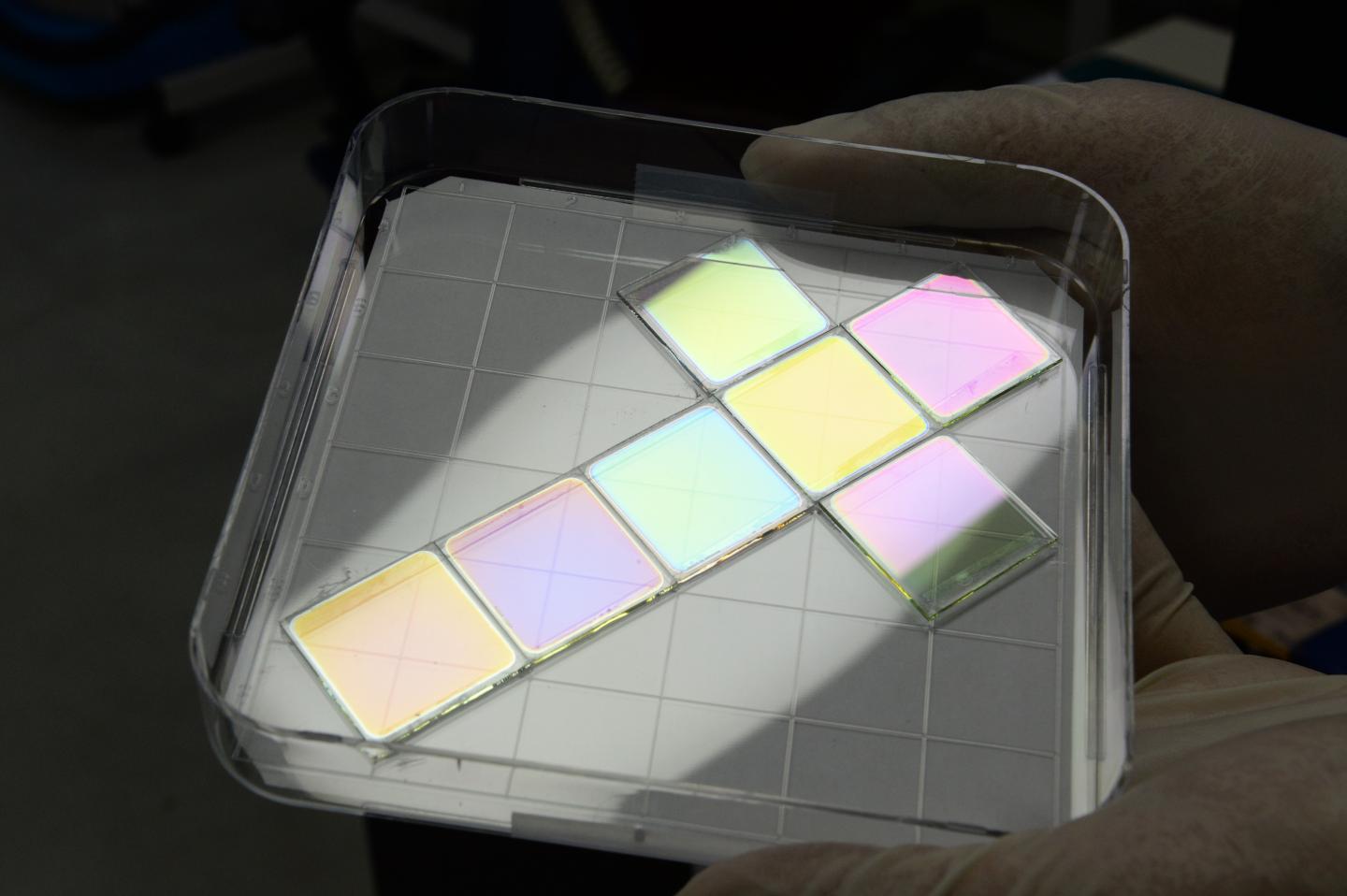Solar energy breakthrough paves way for electricity-generating colourful windows
Cells are more environmentally friendly and cheaper to produce than traditional silicon-based technology

Your support helps us to tell the story
From reproductive rights to climate change to Big Tech, The Independent is on the ground when the story is developing. Whether it's investigating the financials of Elon Musk's pro-Trump PAC or producing our latest documentary, 'The A Word', which shines a light on the American women fighting for reproductive rights, we know how important it is to parse out the facts from the messaging.
At such a critical moment in US history, we need reporters on the ground. Your donation allows us to keep sending journalists to speak to both sides of the story.
The Independent is trusted by Americans across the entire political spectrum. And unlike many other quality news outlets, we choose not to lock Americans out of our reporting and analysis with paywalls. We believe quality journalism should be available to everyone, paid for by those who can afford it.
Your support makes all the difference.Researchers in South Korea have manufactured a ground-breaking form of solar cell using thin films of coloured copper.
The Electronics and Telecommunications Research Institute (ETRI) successfully tested the cells by coating thin layers onto films of glass substrate.
The researchers discovered that the innovative cells have a higher sunlight absorption rate than other non-silicon based solar cells, resulting in a higher conversion efficiency and longer stability.
They also require less raw materials compared to traditional silicon-based cells, meaning they are more environmentally friendly and cheaper to produce.
The solar cells have only been tested in laboratory conditions until now, but the researchers claim that any obstacles to "full-on commercialisation" have already been overcome.
"This technology will contribute to the solar power system development through the production of high value-added colour photovoltaic modules," said Yong-Duck Chung, the principal researcher behind the solar cell's development.
The solar cell can be produced in seven different colours, including purple green and blue, meanig one potential application could be in stained-glass windows.

Previous attempts to produce solar cell stained-glass windows have involved layers of semiconductor crystals, titanium dioxide and dye, though the electricity generated has been limited.
Dutch designer Marjan van Aubel created a concept in 2015 that was capable of charging a smartphone in around seven hours.
"I imagine these in a church," she said at the time. "They would be so amazing there, but you could also have them in offices, or as facades in libraries or museums."
Join our commenting forum
Join thought-provoking conversations, follow other Independent readers and see their replies
Comments